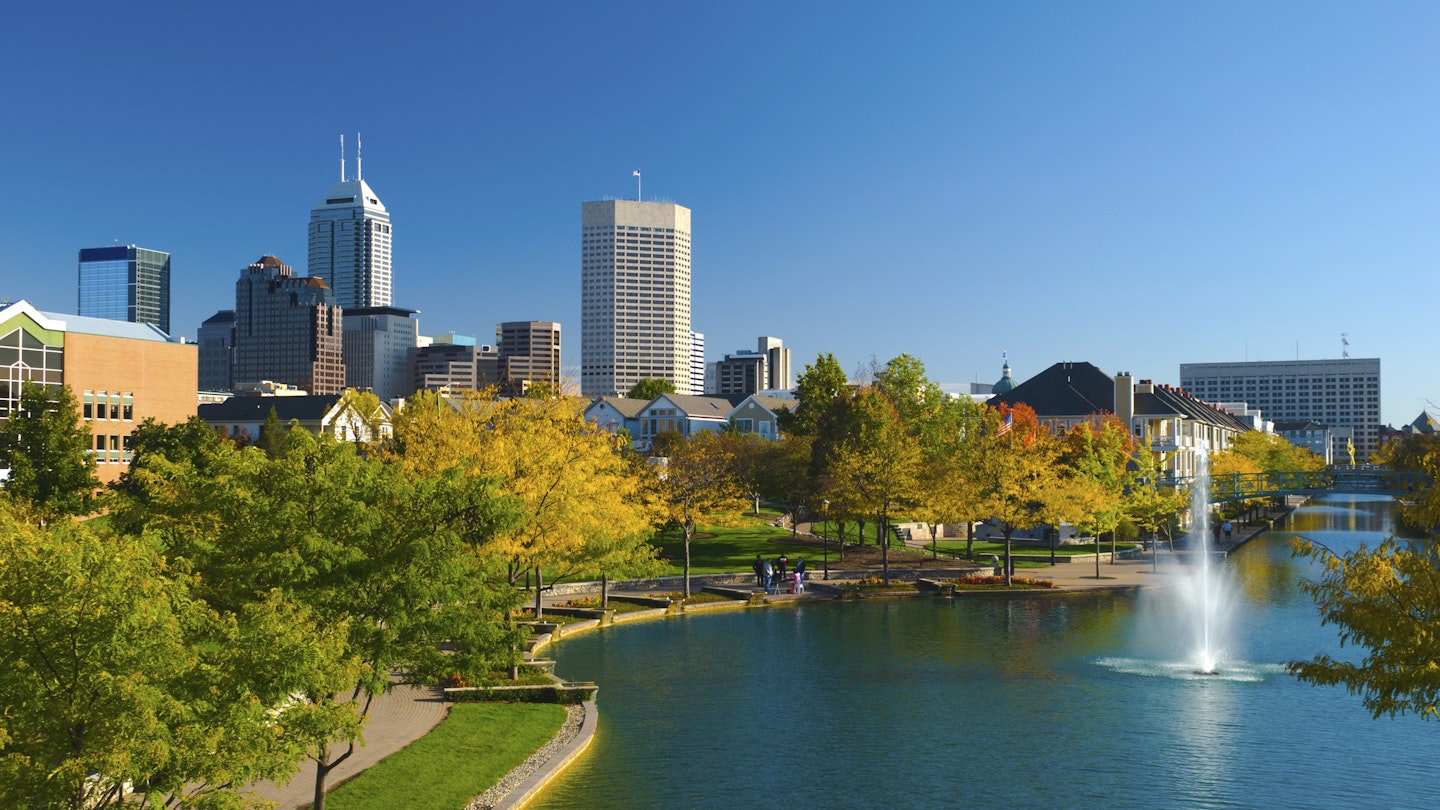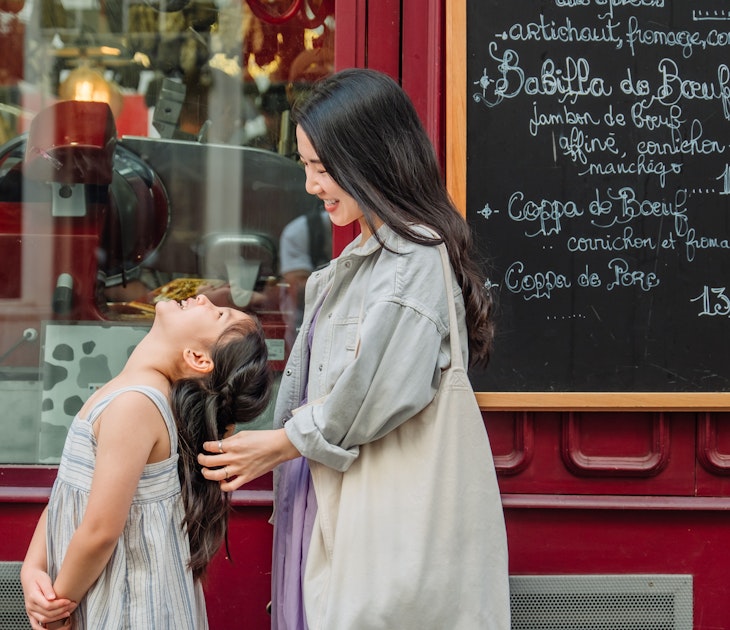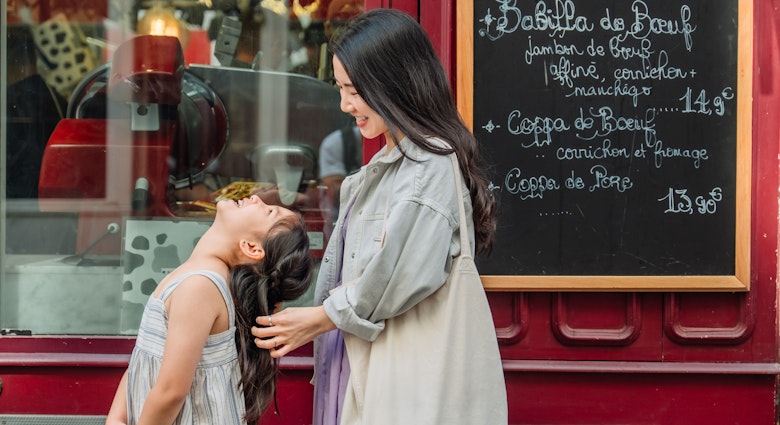One of the country's premiere urban bike/pedestrian paths, the Indianapolis Cultural Trail connects five downtown cultural districts and is accented by stunning gardens, green spaces and public art installations. Five years after its 2013 grand opening, the eight-mile greenway has become a destination for 1 million people a year: local business leaders biking to and from work, families out for leisurely strolls with kids and dogs in tow, and sports fans heading from downtown hotels to Colts or Pacers games.
‘The Cultural Trail has transformed the way people experience downtown Indianapolis,’ says Kären Haley, executive director of Indianapolis Cultural Trail, Inc. ‘It’s spurred a significant amount of new development, including mixed-use property, arts and culture, grocery stores and corporate headquarters. And it’s helped to establish Indianapolis as a city that values progressive thinking and big, bold ideas.’ Here are our tips for getting the most from this world-class connector.

Getting around on the Cultural Trail
The Cultural Trail makes it easy to get a feel for the lay of the land in downtown Indy. Most trail users have a short jaunt in mind, but it’s not difficult to cover the entire path over the course of a few days or build a weekend itinerary around it. Window-shopping on Mass Ave, jogging along the European-style Canal Walk, biking to brunch in Fountain Square – the trail presents ample opportunities to enjoy these and other urban adventures.
For a speedy way to get from point A to point B, the Indiana Pacers Bikeshare program maintains 250 yellow bicycles at some 29 stations on the trail and downtown. Guided biking and walking tours are also available, with all proceeds funneling back into Indianapolis Cultural Trail, Inc. – which uses no taxpayer money for its upkeep. A volunteer staff keeps the trail terrain looking good all year long, with many groups pitching in while in town for conventions.

Follow your eyes and nose to choose your own spots to eat and drink from among the many on the trail, including nationally acclaimed brunch-darling Milktooth, the literary-themed Bluebeard and all-vegan Three Carrots Cafe. Or book a food tour led by Jolene Ketzenberger of WFYI’s Eat Drink Indy to hit the highlights of the world-class culinary scene just waiting to be tasted along the path. Each excursion dips into six or seven local restaurants. Since breweries and distilleries occasionally pop up on the itineraries, attendees must be at least 21 to participate.
Soak in Indianapolis’ best selfie spots
There are plenty of places to stop and catch your breath along the Cultural Trail, but you’ll find some of the best eye candy along the art-studded Central Canal through White River State Park, curving at the Indiana History Center and running north past the USS Indianapolis Memorial up to 10th St. If the weather’s nice, you might even see pedal boats and gondolas.
As the trail’s northeastern spoke, the length of Mass Ave holds all the makings of a fun afternoon, with a wealth of trendy shops, restaurants and watering holes to discover. Pause to admire the soaring murals of Indianapolis native authors Kurt Vonnegut and Mari Evans, then sway along with ‘Ann Dancing,’ a paneled LED sculpture at the Vermont Street crosswalk that depicts the outline of a woman in a dress moving to her own imaginary beat.

Another highlight of the trail is the Glick Peace Walk. A tribute to Gene and Marilyn Glick, well-known Indianapolis philanthropists, this two-block stretch of Walnut St, between Capitol Ave and Meridian St, boasts a dozen sculptural garden plots highlighted with luminaries of American leaders who’ve achieved greatness through pursuing peace. Try to see it at night, when the lighted carvings of Abraham Lincoln, Martin Luther King Jr and Susan B. Anthony take on a nearly ethereal glow. Haley notes that this section of the trail 'is a beautiful way to experience history.'
Meanwhile, the southeastern trail terminus at the historic Fountain Square Theatre reveals a funky backdrop of cafes, storefronts and live music venues to check out. Many of them are contained in the theater itself, a 1928 treasure that houses two bowling alleys, art galleries, a rooftop bar and much more.

Trail tips and etiquette
Manners matter in Indianapolis, and there are a few niceties to keep in mind for happy trails. ‘If you’re on a section of the trail that has designated paths for bikes and pedestrians, make sure to stay in your lane,’ Haley says. ‘And if you’re on a bike, it’s courteous to say “On your left” when passing someone who’s moving slower than you are.’
Also, don’t forget to pick up after yourself. Trash and recycling bins at almost every intersection encourage trail users to put litter in its place.
Make it happen
The Indianapolis Cultural Trail is easily accessible throughout downtown Indianapolis, crossing through the Mass Ave, Market East, Fountain Square, Canal and White River State Park, and Indiana Avenue cultural districts. For Indianapolis Cultural Trail maps, details on the art installations, tours and more information, visit indyculturaltrail.org.











